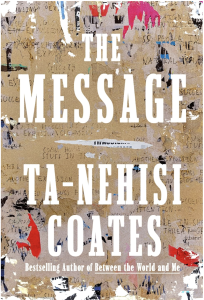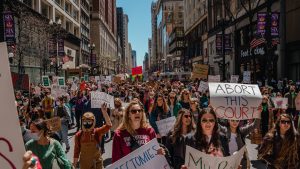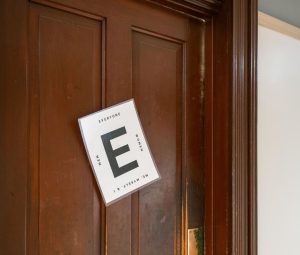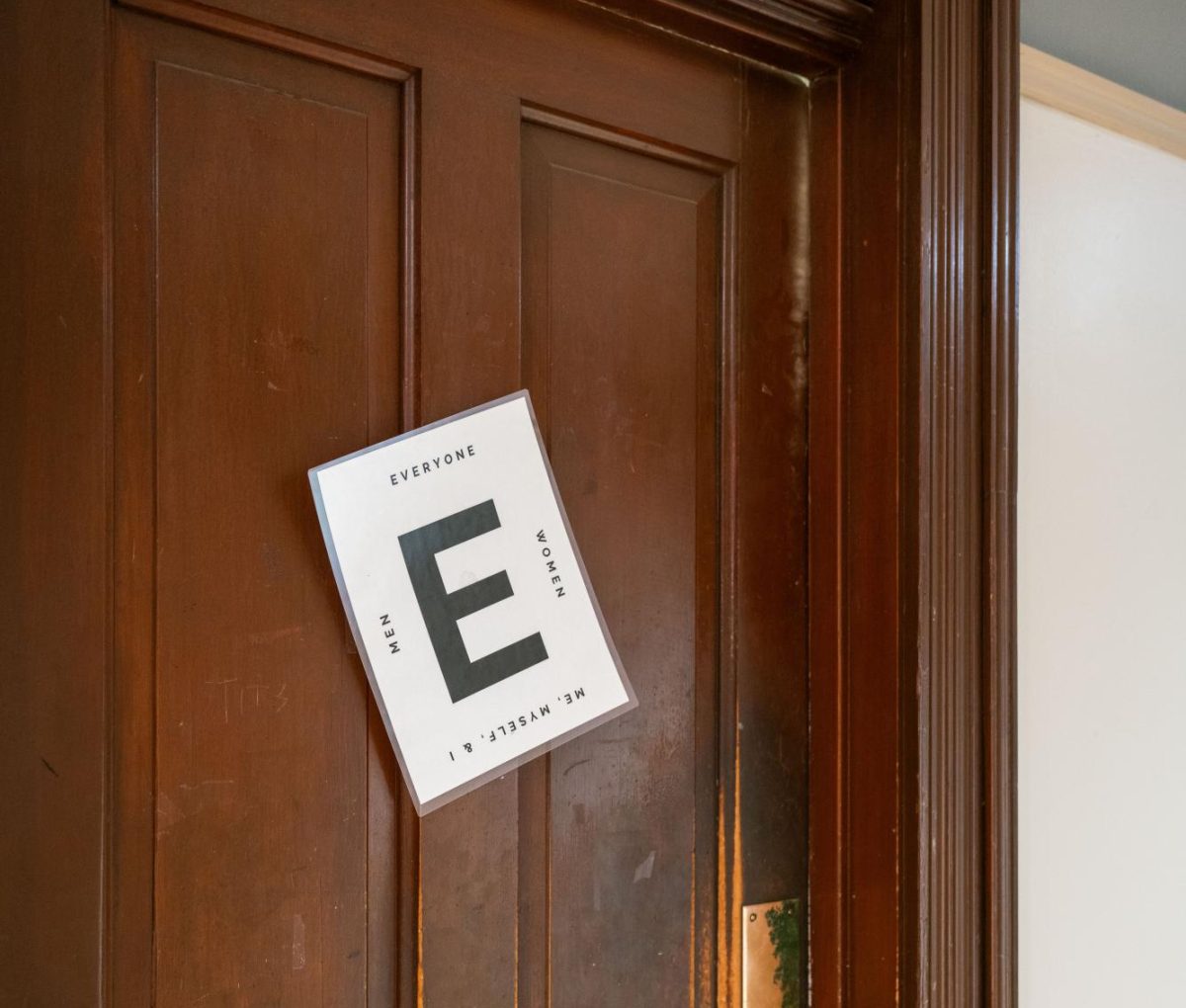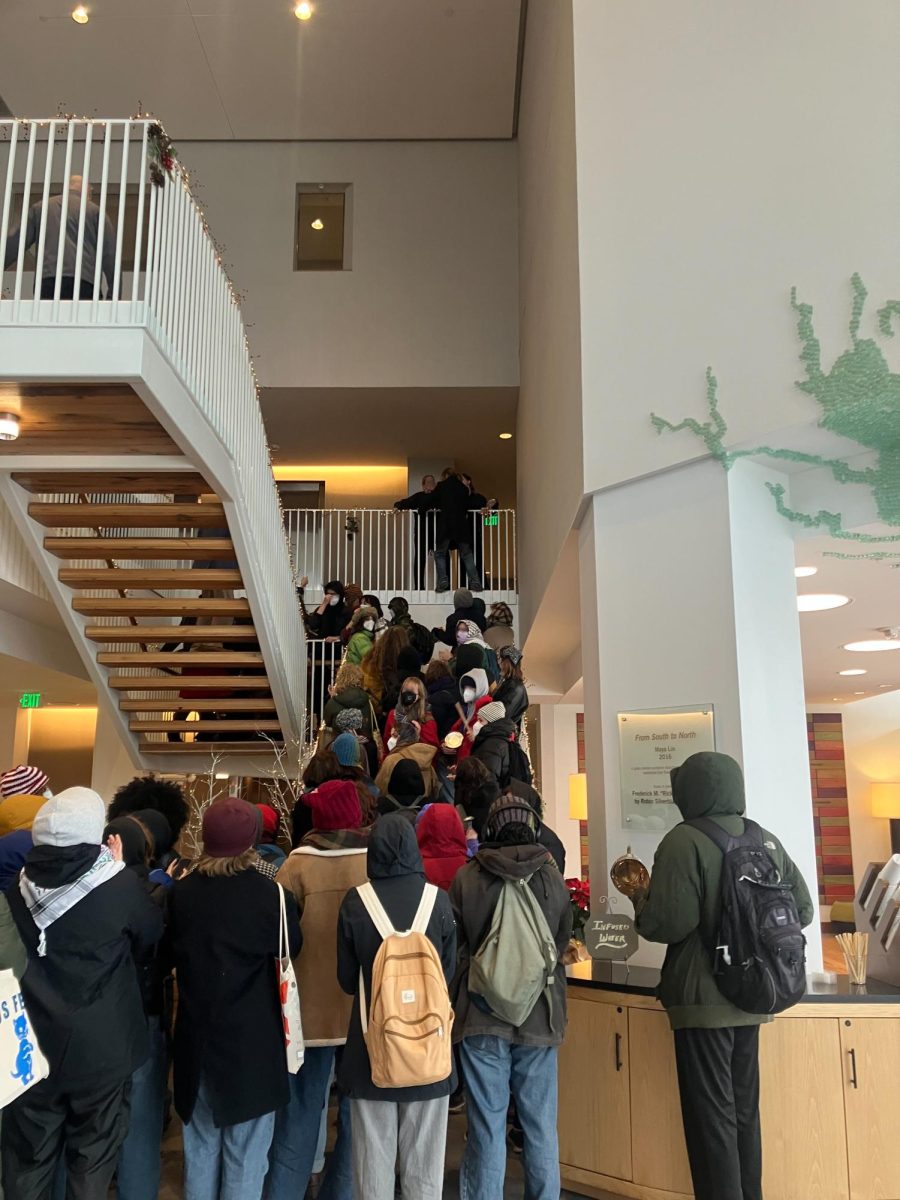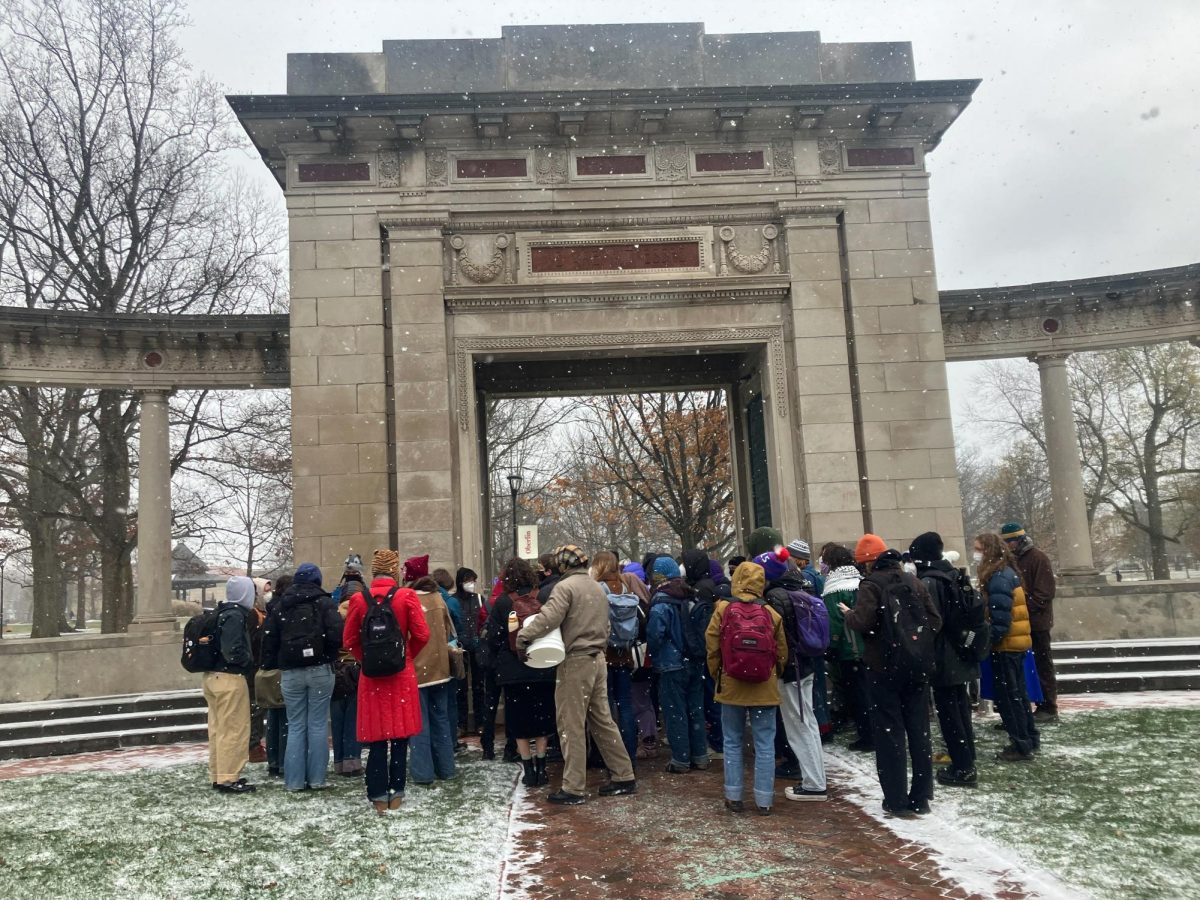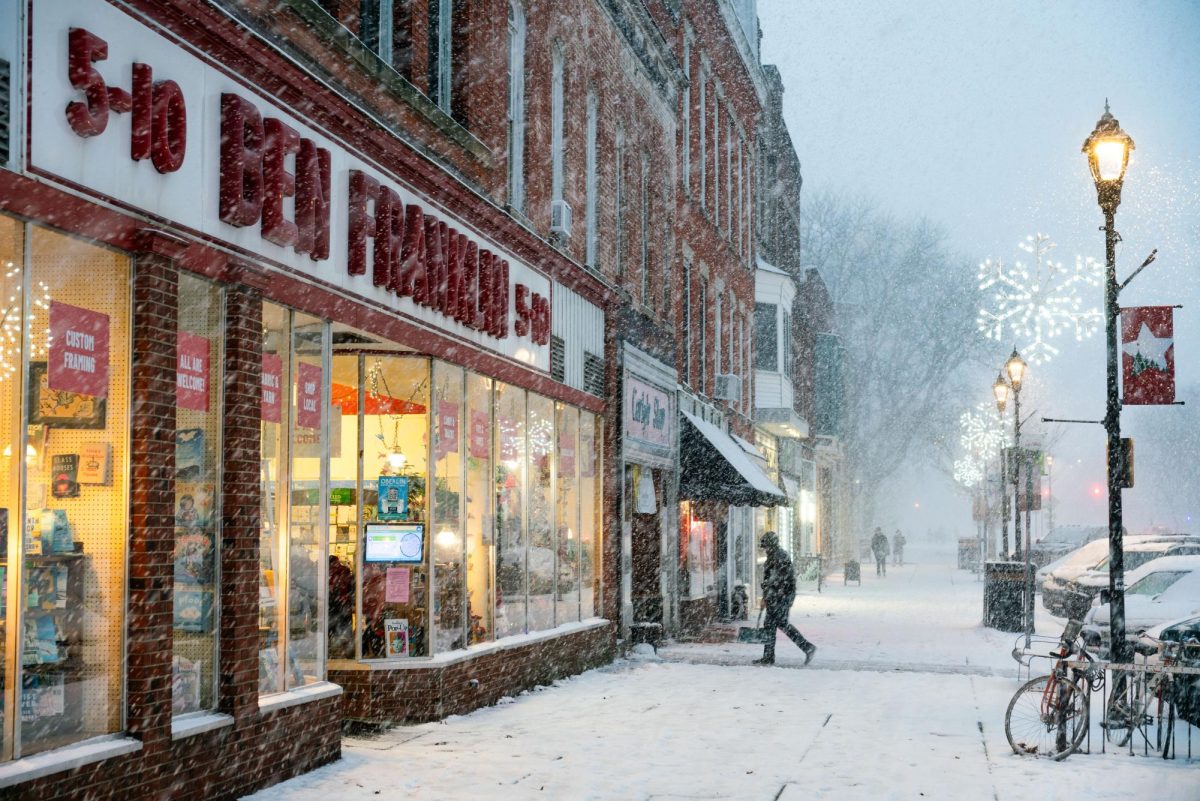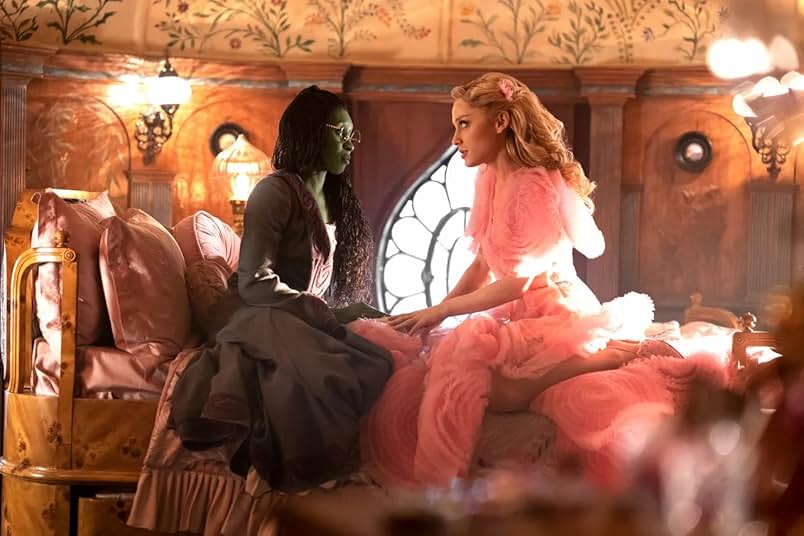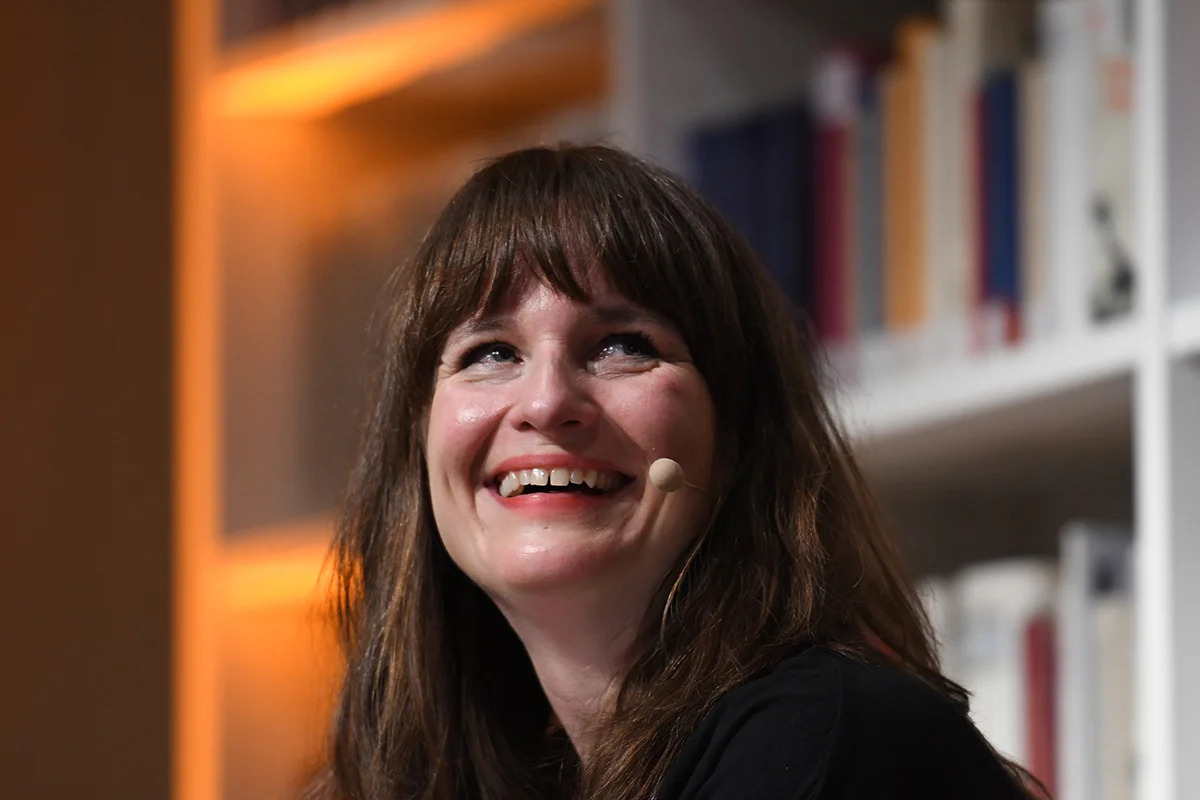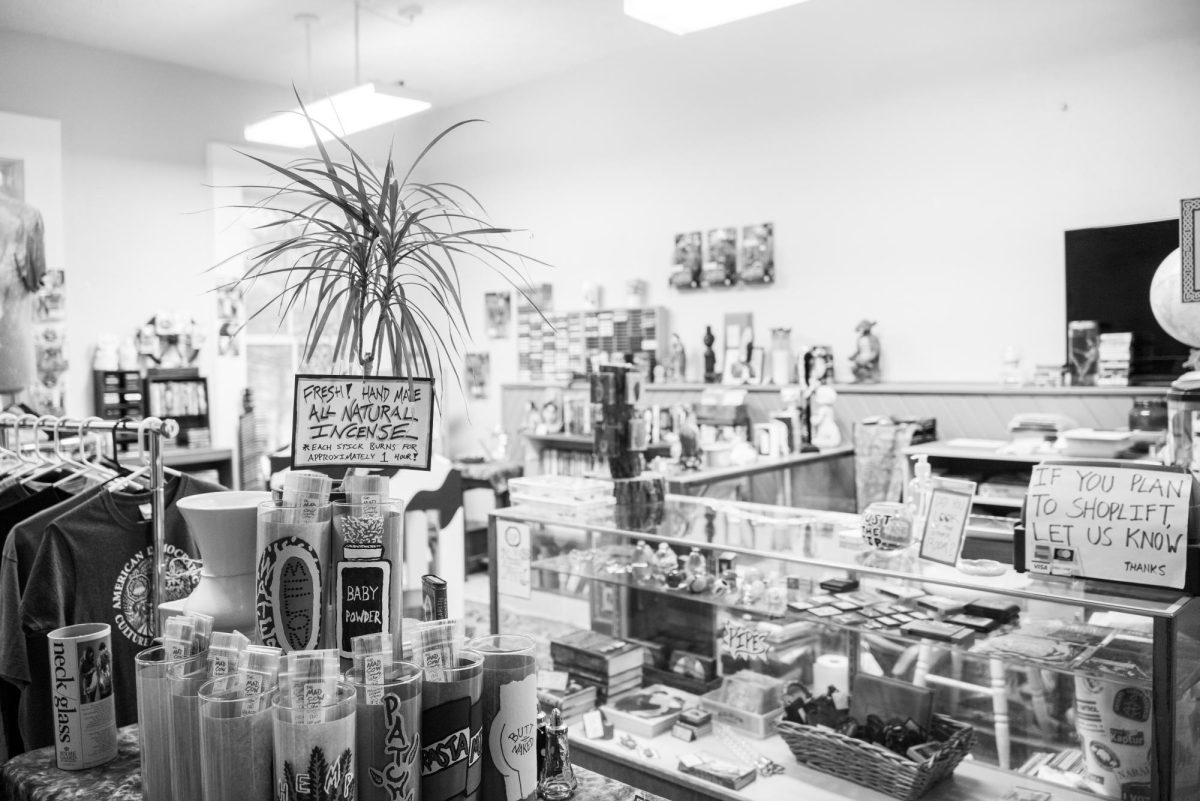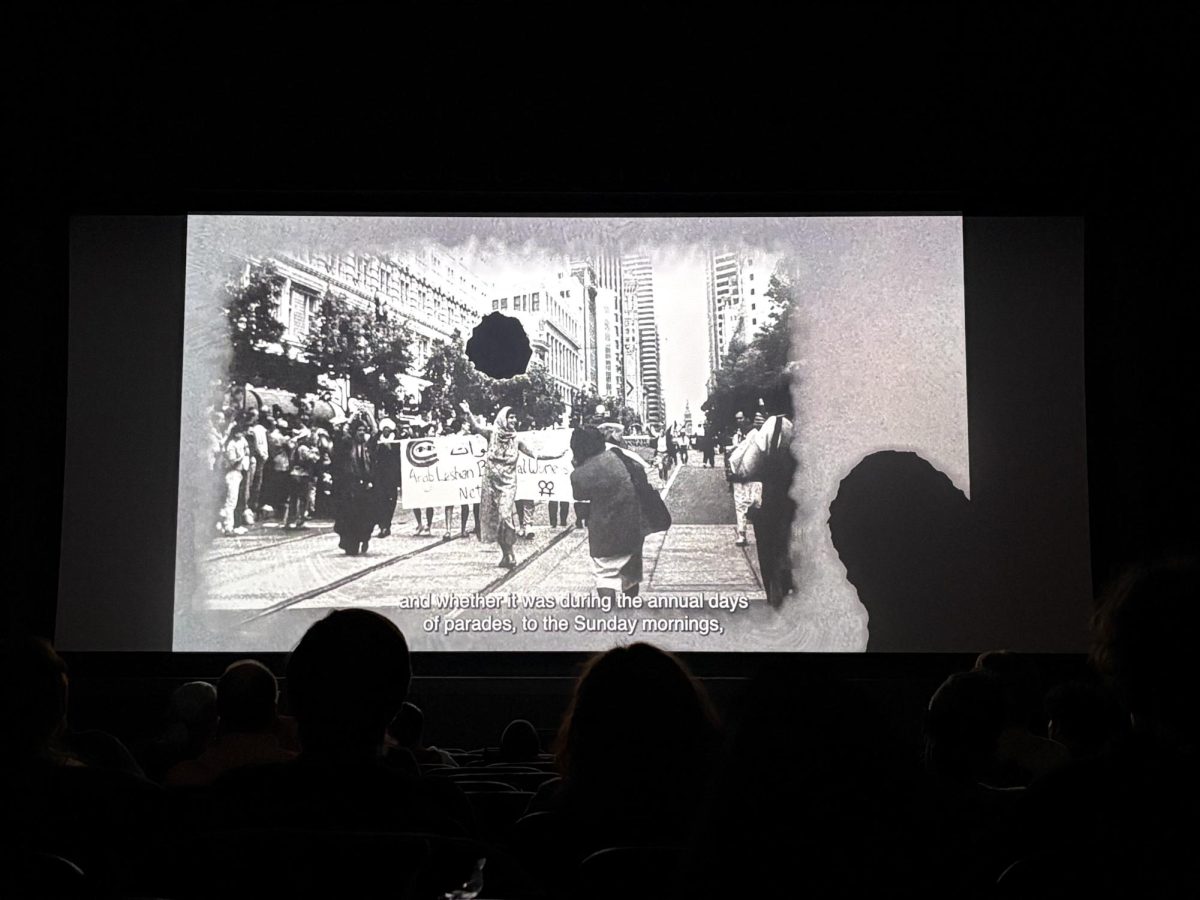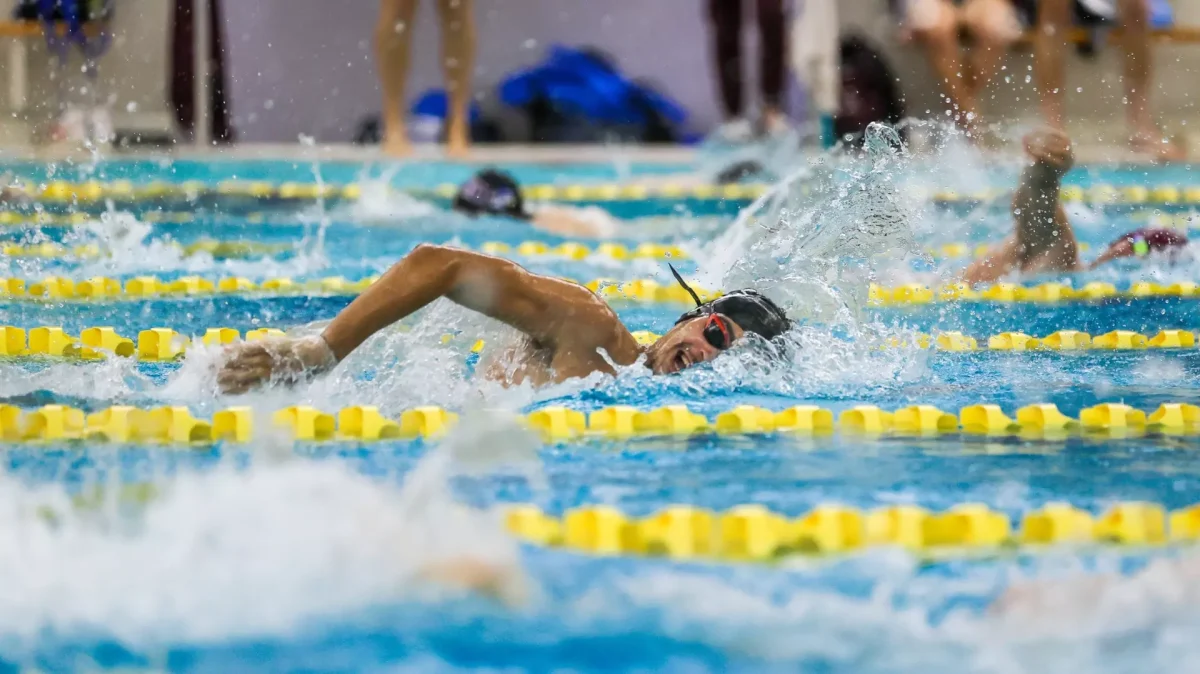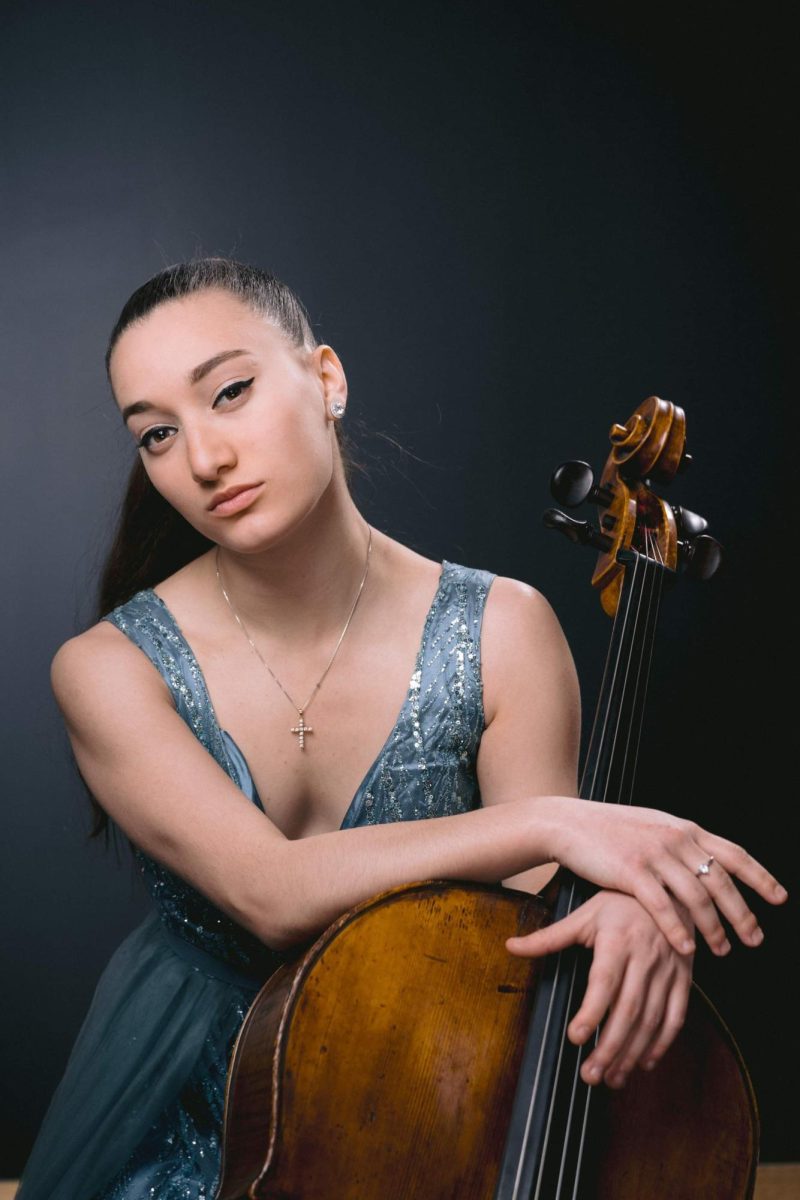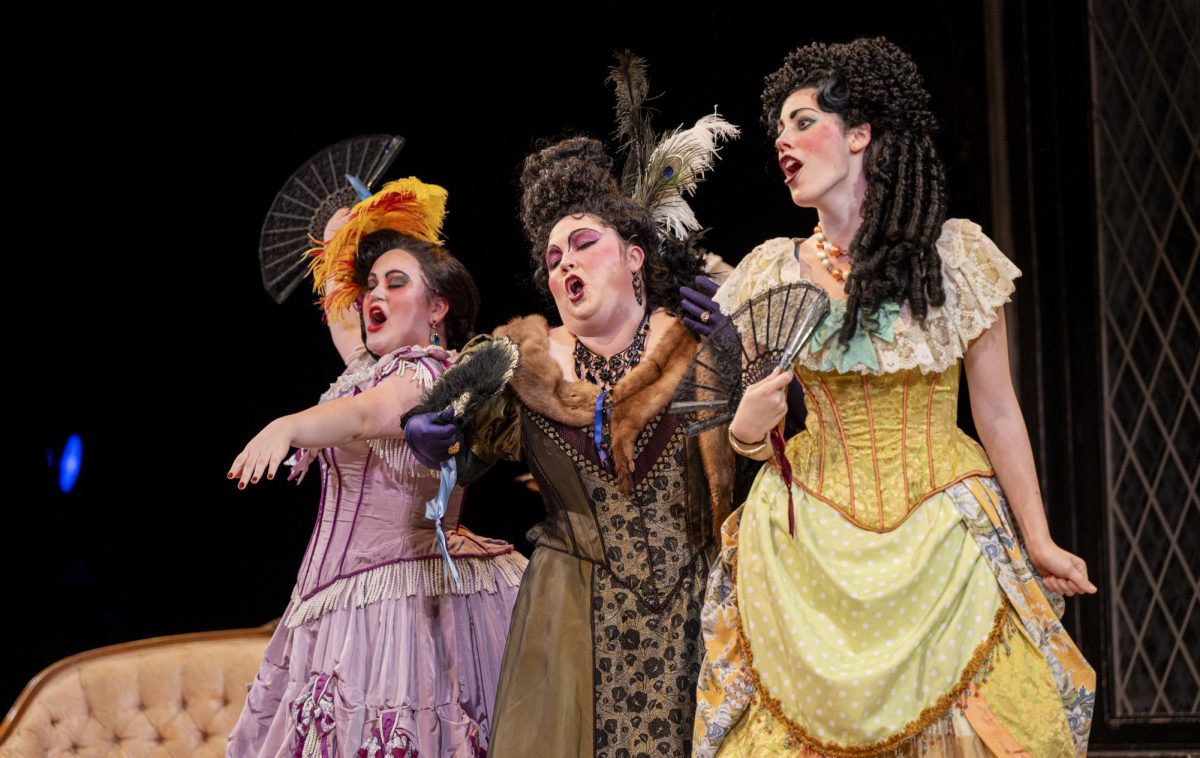Jaar Discusses Major Projects, Artistic Ethos
May 1, 2015
Alfredo Jaar is a Chilean-born visual artist and architect based in New York. Both a Guggenheim and MacArthur Fellow, Jaar is most renowned for his work that engages with socio-political issues, such as The Rwanda Project (1994-1998). He has exhibited his work globally, from the Museum of Contemporary Art of Rome to the Museum of Contemporary Art in Chicago. On April 23, Jaar came to Oberlin and gave a talk titled “It Is Difficult”, in which he discussed his major projects and artistic ethos. The Review spoke with Jaar via Skype after he returned to New York.
Your art, for the most part, responds to issues of violence and oppression. Could you talk about how your dedication to this sort of activist artwork developed?
Idonotseeitasactivistart.WhatIdoisI react to events around me. I am interested in the context in which I work. When I find myself facing certain realities, I take the opportunity to respond to these realities. And unfortunately, we live in difficult times; we are always facing different types of tragedies, so it’s not that I look for them, it’s just that these are the times that we are
living in. I also enjoy doing other types of work, where it is not so much about a tragedy but a little more about trying to diversify the audience of an institution. I welcome different types of projects, different types of situations. But it is true that, somehow, people have seen me as someone that can intervene in these difficult situations, and so that is why I get these kinds of invitations, but it’s not something that I search for.
Art that depicts other people’s suffering, photography especially, is sometimes subject to the critique that there’s an aestheticization of suffering that turns the subject into an object of delectation for the viewer. What do you do to push the viewer past this sort of passive appreciation for the art in and of itself ?
Well, every representation necessarily means aestheticization. There is no way to represent anything without aestheticization. That’s the first thing that I’d like to clarify. … Second, we have a choice as artists. [We can condemn] certain situations to invisibility and say , ‘I don’t want to aestheticize this reality.’ … What does that mean? Should we condemn these realities
to invisibility and ignore them? And be indifferent? Criminally indifferent? Or should we represent them with the risk of using aesthetics to communicate something that we need to communicate?
That’s the choice I’ve made all my life. So I prefer to take the risk of an excessive aestheticization, which also would be a problem, and I try not to fall into that trap. In my view, when we have these subjects that are really in dire straits, in dire conditions, and are suddenly represented with beauty, I see it as a way to dignify my subjects. It is a way to dignify them so we can see them in their beauty, because there is always beauty. And hopefully that beauty will not blind you and you will still be able to address the issues that these images are trying to bring forth.
We have a piece of yours, “The Body is the Map,” up in the Allen Memorial Art Museum. Although it is one of your smaller works, I’ve noticed that whenever I’m in the museum, there’s always a group of people around it. I was wondering if you could give a little bit of background about that piece.
Well, I photographed this worker and I did some close-ups of his face, of his neck, of his head, and so on. When I was taking these images, I noticed all these lines in his neck and I read those lines as his own map — a map of his working history. I thought it was fascinating to look at those lines. Those — what do you call those lines of the body?
Scars?
No, not scars. When you’re getting old and you have all of these lines — what do you call it?
Wrinkles?
Yeah, yeah. So when I saw all these wrinkles in the neck, I thought it was just the perfect synthesis of his life right there on his neck because his neck was used to carrying these heavy bags during his working days, and so you had traces of the rope that he used to carry those bags. I was fascinated by this, and that is why I created this work. I enlarged that area on the neck which had all the signs of his working life and I dividedthis map, let’s say, in eight segments. In that work, you see those eight segments in different positions, and then you see his full back in the center image. So it is an homage: it is a modest homage to a working man.
Where were you when you photographed him?
I was in the eastern side of the Amazon in Brazil in Serra Pelada.
When you are speaking with students or young artists, do you find yourself giving out any one piece of advice a lot?
I’m most interested in the thinking process. … I really believe that art-making is 99 percent about thinking and only one percent about making. We have conversations about art, about politics, about culture, about different things. I try to stimulate the thinking process and to look at different models of thinking about the world, culture, different issues. I try to stimulate the capacity of analysis of certain realities, of certain situations. I insist that we are intellectuals, we are thinking human beings. Forget craft, forget object-making. Let’s first start developing our brains, our capacity to see, to understand, to dream. Only at the end of this very long process we might create something in response to a very specific reality. So I really stress more the thinking process than anything else.
Do you see yourself making this sort of art for the rest of your life, or do you have any other aspirations that you want to pursue?
I see myself doing this, absolutely. If someone ever offers me the funding, I would love to do a feature film. I studied filmmaking and it is always in the back of my mind. I’ve done shorter films — 30 to 40 minutes, but I would love, one day, to do a feature film.
That would be wonderful. What is it about filmmaking that interests you?
So many things. Basically, I envy the power of the filmmaker because he works with images, with sound, with words, with music. It is probably the most complete of the arts. The position of the filmmaker regarding the audience is also extremely privileged because you have your audience seated in a comfortable chair, in a dark space, and they are willing to give you two hours of their time. That is an extraordinary privilege that we do not have as visual artists. It is well known that the average time that a spectator or an audience spends before an artwork in a museum is three seconds. [As a visual artist,] you spend six months or a year of your life working on a piece and you see people coming in and walking by as if they got it in less than three seconds. It’s very frustrating. [With film,] you know you have them in your hands for two hours, and you have this very magic medium at your disposal.
Is that also partially why you’re attracted to architecture?
Absolutely; that’s exactly why I do what I do. Basically I’m imploring, I’m begging my audience to stay with me, give me five minutes, please. I’m not asking for more than five minutes. So I force them through the design of the piece, the architecture and so many other devices, to spend time with me. And that’s always part of my work, because I need them with me. I don’t want them to run away, and so I need to use all these mechanisms in order to do that. That’s why I use architecture and some aspects of the language of film.


